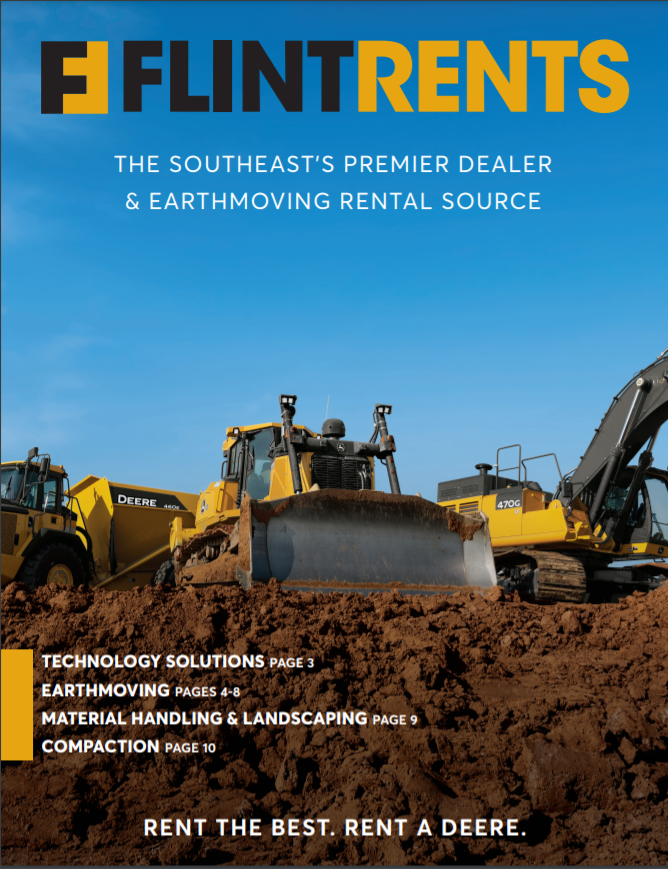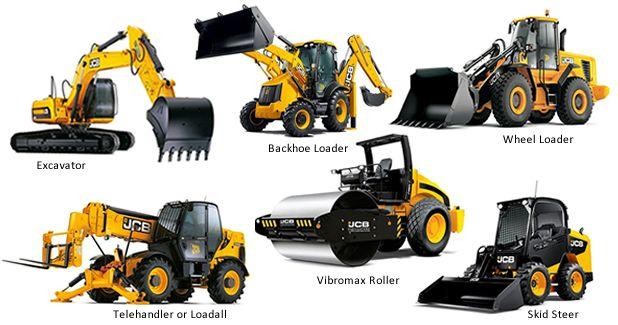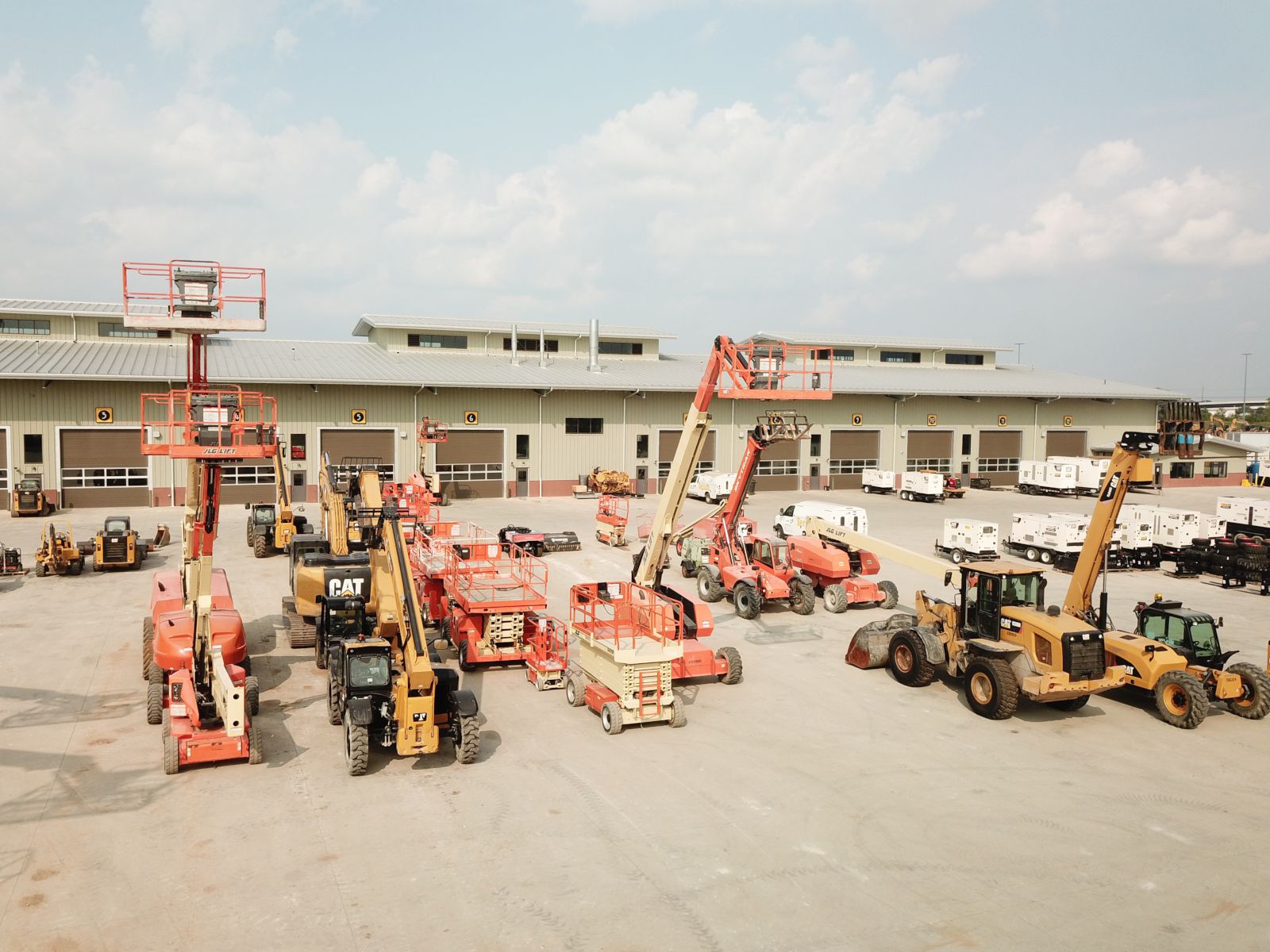Scissor Lift Rental: Safe and Effective Raising Solutions
Scissor Lift Rental: Safe and Effective Raising Solutions
Blog Article
Optimize Your Budget Plan by Understanding the Prices Linked With Building And Construction Equipment Services
Comprehending the full scope of costs connected with building and construction devices rentals is essential for optimizing your budget. While the first rental charge may appear straightforward, countless extra expenses-- such as transport, fuel additional charges, and maintenance-- can quickly collect, impacting your economic planning. Being mindful of various fees and the details of rental contracts can help avoid unforeseen economic burdens. What approaches can be employed to effectively take care of these costs and make sure an extra efficient rental experience?
Overview of Rental Expenses
When considering building equipment leasings, understanding the connected costs is paramount for reliable budgeting and project preparation. Rental costs can vary substantially based upon numerous aspects, consisting of devices kind, duration of leasing, and area. The initial rental charge frequently mirrors the equipment's market demand and its linked operational abilities, influencing the total expense.
Along with the base rental price, ancillary expenses may emerge, such as transportation charges, gas additional charges, and maintenance costs. It is important to make up these additional costs to properly assess the overall price of renting equipment. Moreover, the rental duration can influence prices; longer services might qualify for discounted rates, while short-term leasings could incur higher everyday costs.

Breakdown of Rental Prices
A detailed understanding of rental rates is essential for contractors and task supervisors intending to enhance their budget plans. Rental rates for building devices typically contain numerous parts, including base prices, time-based charges, and usage costs.
Base rates are the core charges connected with the service of the tools, usually established by the type and size of the equipment. These rates can vary significantly, affected by aspects such as equipment need, accessibility, and local market fads. Time-based fees, which may be daily, weekly, or monthly, offer to fit various job timelines and rental durations.
Additionally, rental prices may consist of usage costs, which are applicable when devices is used past a specified limit, guaranteeing that the rental company can make up deterioration. Seasonal demand variations can likewise influence rental rates, with peak building and construction seasons commonly commanding greater prices.
Furthermore, recognizing the rental firm's plans pertaining to maintenance and insurance coverage can provide additional insight right into the general expense structure. By examining these parts, service providers can make enlightened decisions, guaranteeing the choice of rental equipment straightens with both project demands and budget plan restraints.
Added Charges to Think About
Understanding the complexities of added fees is vital for contractors to handle their overall service expenditures successfully. Beyond the conventional rental prices, numerous auxiliary costs can substantially affect the total price of equipment leasing. These costs commonly include shipment and pick-up costs, which can vary based on distance and logistics included in moving the equipment to and from the job site.
Furthermore, some rental firms might impose gas additional charges if the tools is returned with much less fuel than when rented. It is likewise important to know prospective cleaning costs, specifically for specialized devices that calls for complete maintenance after usage.

Completely assessing the rental contract and making clear these additional charges upfront can help service providers ensure and prevent unexpected prices that budget plans continue to be undamaged throughout the task lifecycle.
Upkeep and Repair Work Expenses
Normal repair and maintenance expenses are frequently ignored elements that can considerably influence the general cost of building devices rentals. When leasing tools, it is important to take into consideration not only the rental costs however also the prospective expenses linked with keeping the equipment in optimal operating problem.
Lots of rental companies consist of standard maintenance as component of the rental arrangement; nonetheless, extra unforeseen break downs or comprehensive repair services can lead to additional costs. It's necessary to examine the rental contract carefully to recognize what maintenance services are covered and what obligations drop on the occupant.
Moreover, devices that is not properly maintained can result in inadequacies on duty site, potentially causing delays and increasing project expenses. To minimize these threats, it is recommended to conduct normal inspections and preserve open interaction with the rental supplier concerning any kind my site of issues that develop during use.
Insurance Coverage and Responsibility Prices
Insurance coverage and responsibility prices are important elements that can considerably influence the total expenditure of building and construction tools leasings (boom lift rental). These costs guarantee that both the rental business and the customer are protected from potential economic look at this site losses occurring from mishaps, damage, or burglary during the rental duration

Furthermore, clients must be mindful of any deductibles or exemptions in the insurance coverage, as these can influence possible out-of-pocket expenditures. Understanding the conditions of any type of insurance coverage is vital to stay clear of unexpected costs. Ultimately, budgeting for insurance coverage and responsibility expenditures can assist make certain a smoother rental experience and secure versus financial risks associated with building tasks.
Conclusion
In final thought, a thorough understanding of the expenses associated with construction devices leasings is necessary for reliable budget plan administration. Ultimately, informed decision-making regarding devices services adds to the general success of construction ventures.
Rental prices can vary substantially based on a number of factors, consisting of equipment kind, duration of rental, and area (heavy equipment rental). The rental duration can impact rates; longer services might certify for affordable prices, while temporary services might incur higher day-to-day fees
By conducting thorough research study and engaging with trusted rental companies, specialists can efficiently browse the complexities of rental prices, inevitably optimizing their why not find out more financial sources.
Beyond the common rental rates, numerous extra charges can substantially impact the overall price of equipment leasing. Rental business often supply responsibility insurance coverage that covers injuries to 3rd parties or damage to property, while devices damages insurance can cover the cost of repair services or substitute if the rented equipment is harmed.
Report this page